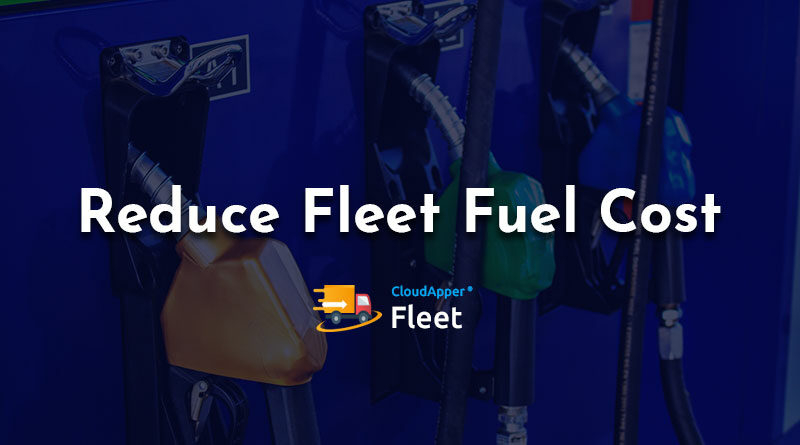How Can I Reduce My Fleet Fuel Cost?
Fuel spend is one of the biggest challenges for fleet managers. It can quickly skyrocket if left unchecked or unmanaged. But what if there are ways that can be taken to reduce your fleet’s fuel costs up to 20%? The best strategies to reduce fuel expenses will vary by the fleet, but in this article, we will discuss the most effective ways to make it possible.
Fraud & Abuse
Take control of fleet fuel spend by maintaining a daily fuel log with the Fleet Manager Application. With a fuel log assigned to each vehicle and driver in your fleet, monitoring fuel purchases provide the intelligence you need to pinpoint how much fuel is being purchased vs. actual usage.
Timely Maintenance
Well maintained vehicles can improve fuel economy by up to 40%. Implement fleet management software to monitor and stay on top of the current status of every vehicle in your fleet and regularly schedule maintenance activities.
Driver Behavior
Speeding, hard braking, and rapid acceleration can lower gas mileage by 15-30% at highway speeds and up to 40% in stop and go traffic. Driver behavior and incident monitoring via Fleet Manager software allow you to track and correct these behaviors.

Unnecessary Spend
Minimizing fuel use doesn’t mean driving less. It’s about being smarter by organizing driving routes more efficiently using the data supplied by the fleet management software – planning routes efficiently to avoid traffic, backtracking, and unnecessary stops. Also, the current demand for hybrid vehicles is expected to continue due to their improved fuel economy. Still, their higher acquisition costs rarely produce an ROI when using vehicle lifecycle principles.
Accurate Tracking
Fleet management software helps ensure the accuracy of recording MPG and provides dynamic reporting based on actual miles and fuel purchases. Analytics from reports allow for making intelligent data-driven decisions.
However, Fleet managers should always keep an eye on fleet management software to spot potential spikes and keep a proactive fuel management system in place at all times. Practices such as adopting fuel-efficient technologies, vehicle weight reductions, additional transmission gears (e.g., 8- to 10-speeds), and appropriate drive types to meet unique business needs should be continued even when fuel prices are stable.











